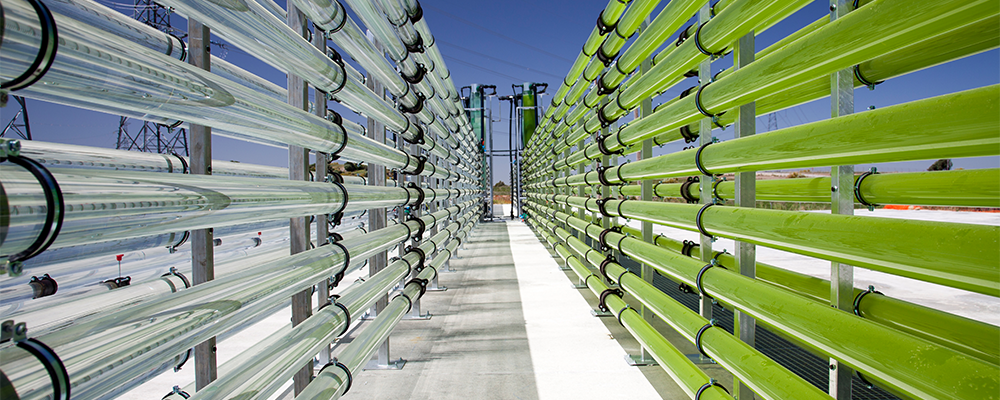When we look back, we may see 2023 as the defining year for climate change. It was also declared the hottest year on record and witnessed some of the worst climate-driven catastrophes. The world agreed on the need to reduce carbon emissions — albeit at different speeds — and COP28 resulted in parties committing to “transitioning away from all fossil fuels in energy systems”. Yet, the world’s demand for energy continues to grow, and investment in fossil fuel supply continues, rising over 6% in 2023[1], and with it, global carbon emissions (+1.1% in 2023)[2].
Carbon removal methods, such as Carbon Capture, Usage and Storage (CCUS), are increasingly acknowledged as crucial for reducing emissions. However, there is ongoing debate across markets regarding the necessity of reduce versus removal. Although the Intergovernmental Panel on Climate Change emphasizes that emissions reduction should always be the priority, it acknowledges the importance of carbon removal in achieving a net-zero economy, particularly for hard-to-abate sectors[3].
Adopting a pragmatic approach, governments worldwide are incorporating carbon removal solutions into their policy roadmaps, aiming to capitalize on the economic opportunities they offer – potentially exceeding $1 trillion by 2050. On 6 February, the European Commission published two policy initiatives focused on achieving a net-zero economy: one centred on greenhouse gas (GHG) emissions reductions; and a second aimed at enhancing industrial carbon removal.
In this article, we look at the varying approaches taken by key markets and their impact on businesses and their communications.
The European Union (EU): A First Mover?
The European Commission Communication on a 2040 target acknowledges that carbon removals should reach up to 400 million metric tons of CO2 equivalent to achieve a 90% emission reduction. It sets a precedent by recognizing that climate neutrality cannot be achieved without CCUS and that, beyond 2050, carbon removals will be needed to generate negative emissions.
Published on the same day, the European Commission Industrial Carbon Management Strategy paves the way for a regulatory and investment framework for implementing these solutions. In the short term, this would rely on deploying a CO2 storage capacity of at least 50 million metric tons per year by 2030 and related CO2 transport infrastructures.
However, these technologies are primarily viewed as solutions for sectors considered difficult or costly to decarbonize, giving rise to environmentalist claims that CCUS amounts to a “license to continue” for energy-intensive industries.
Key Markets at a Glance
While the EU demonstrates leadership in promoting a single market for industrial carbon management solutions, other countries have made significant progress in developing their own projects. The United Kingdom aims to invest £20 billion to transition the country from government-backed projects to a competitive CCUS market by 2035. By utilizing former oil and gas wells under the North Sea, companies will be able to store up to 78 billion tons of CO2.
In the United States, 1.8 billion metric tons of carbon per year could be removed by 2050, mainly through the land sector and investments in Direct Air Capture and Storage. In the Middle East, the Gulf Cooperation Council is home to major Carbon Capture Storage facilities — in Saudi Arabia, Qatar, and the United Arab Emirates — which collectively account for around 10% of global CO2 emissions captured annually.
Approaches diverge based on countries’ respective advantages, with some prioritizing carbon removal alongside hydrocarbon development while targeting net-zero goals, while others tend to view it as a temporary solution on the path to zero emissions at source. However, the consensus to further develop these technologies is there.
Navigating a CCUS Economy: Communication Risks and Opportunities
Understanding the risks of misleading marketing practices
When using CCUS technologies, some companies might be tempted to brand their products or services as "net-zero" or "low-carbon". However, in certain markets, making such a claim without substantiation could lead to accusations of greenwashing. Thorough due diligence is necessary across value chains to assess legal compliance and avoid long-term reputational and financial costs. This includes being mindful of ongoing scrutiny from decision-makers, media, and NGOs.
Tailor climate-related communications
This is particularly true because carbon removal can refer to a large portfolio of practices, the perceptions of climate benefits of which may vary across regions. For international companies integrating CCUS technologies into their operations, this makes communication especially challenging. While positioning your company as a climate leader is a powerful reputational and economic driver, ill-defined communication can lead to unnecessary exposure. Bespoke communication plans, taking into account local regulatory needs and complementary stakeholder engagement plans, will be needed. This is crucial today, as public awareness of CCUS remains limited.
Decipher the impact of new CCUS rules
With only 41 commercially operational CCUS projects worldwide, the global CCUS market is still in its infancy. Its success will depend on additional funding mechanisms and supporting legislation. Regulating the CCUS market will come with new risks that businesses will have to carefully assess in each of the countries where they operate. In the EU, for example, the recently adopted Net Zero Industry Act aims to create 50 million metric tons of annual carbon storage capacity by 2030. For oil and gas companies, this means they will be required to support this effort by investing in transport solutions for carbon storage and could face penalties for non-compliance.
Public authorities and government bodies are still learning and will be keen to engage with experts. When developing legislation for the sector, they will rely on the expertise of industries that have developed and deployed these technologies. For companies, there is a clear opportunity and need to be heard.
[1] IEA World Energy Investment 2023, p 63.
[2] P. Friedlingstein et al., Global Carbon Budget 2023, p 5304.
[3] In EU legislation ‘hard-to-abate sectors’ are understood as the ones for which decarbonisation is a more costly way of reducing emissions than current technologies with a higher carbon content. This includes e.g. steel, petrochemicals, aluminium, cement, and fertilisers.


